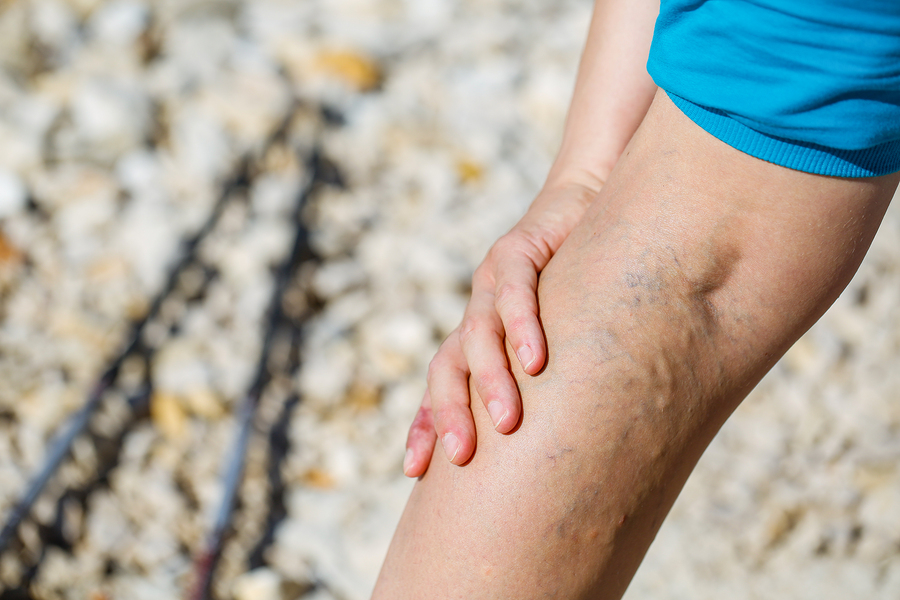What is VTE?
Venous thromboembolism, or VTE, affects up to 600,000 people in the United States each year. It’s a kind of blood clot that begins in a vein. Sometimes the clots break off and cause bigger problems. In fact, if a blood clot is large and blocks the flow of blood to the lungs, it can lead to death. Understanding more about VTE can help you to watch for the signs in your aging relative and ensure they receive medical treatment quickly.

Elderly Care in American Fork UT: Venous Thromboembolism – VTE
Causes of VTE
VTE is usually triggered by something. Most of the time, VTE is triggered by one of four things:
- Surgery.
- Cancer.
- Hospitalization.
- Immobilization.
VTE occurs when the blood flow to the legs is slowed or changed in a way that causes it to clot. Some people have a higher chance of getting VTE, including:
- Older adults.
- People who are overweight or obese.
- Those with cancer or other health problems, like autoimmune disorders.
- People with thicker blood caused by bone marrow producing excess red blood cells.
VTE Symptoms
There are two kinds of VTE, deep vein thrombosis (DVT) and pulmonary embolism (PE). Deep vein thrombosis is a clot that starts deep in a vein. They usually happen in the legs but can also develop in the arms. PE is the more serious of the two kinds of VTE. PE occurs when a DVT breaks away and keeps blood flow from getting to the lungs.
The symptoms of VTE depend on the kind the person has. Symptoms of DVT are:
- Pain or tenderness in the affected limb.
- Swelling in the limb.
- Red or warm feeling skin near the clot.
- Red streaks appearing on the skin.
Symptoms of PE include:
- Feeling short of breath for no apparent reason.
- Breathing rapidly.
- Pain in the chest under the ribcage that feels worse when the person breathes in.
- Rapid heartbeat.
- Lightheadedness.
- Fainting.
Preventing VTE
DVT can be prevented with movement. To protect your aging relative from DVT, encourage them to get up and move around as soon as possible after having been bedridden because of an illness or injury. Seniors at risk for DVT may also be prescribed medication or use compression stockings. Older adults should also be encouraged to remain physically active and lose excess weight.
If you are concerned about your aging relative developing a DVT, home care can help them with prevention. A home care provider can assist the older adult to move around safely, ensuring they do not fall. In addition, a home care provider can help the senior to put compression stockings on, which can be difficult to do on their own. In addition, if the doctor prescribes medicine for preventing DVTs, a senior care provider can remind your loved one to take them, so they don’t miss a dose.
Are you or a loved one considering hiring Elderly Care in American Fork, UT? Please talk to the friendly staff at December Rose Senior Care at Home. Providing Home Care in Highland, Utah and Surrounding Communities. 801-427-ROSE (7673)
Sources
Heart.org
Cdc.gov
Webmd.com
- What to Do After Your Loved One Has Been Diagnosed with Dementia - February 21, 2020
- Risk Factors for Alzheimer’s Disease - February 5, 2020
- The Main Reasons Why Family Caregivers Don’t Get Enough Sleep - January 22, 2020

